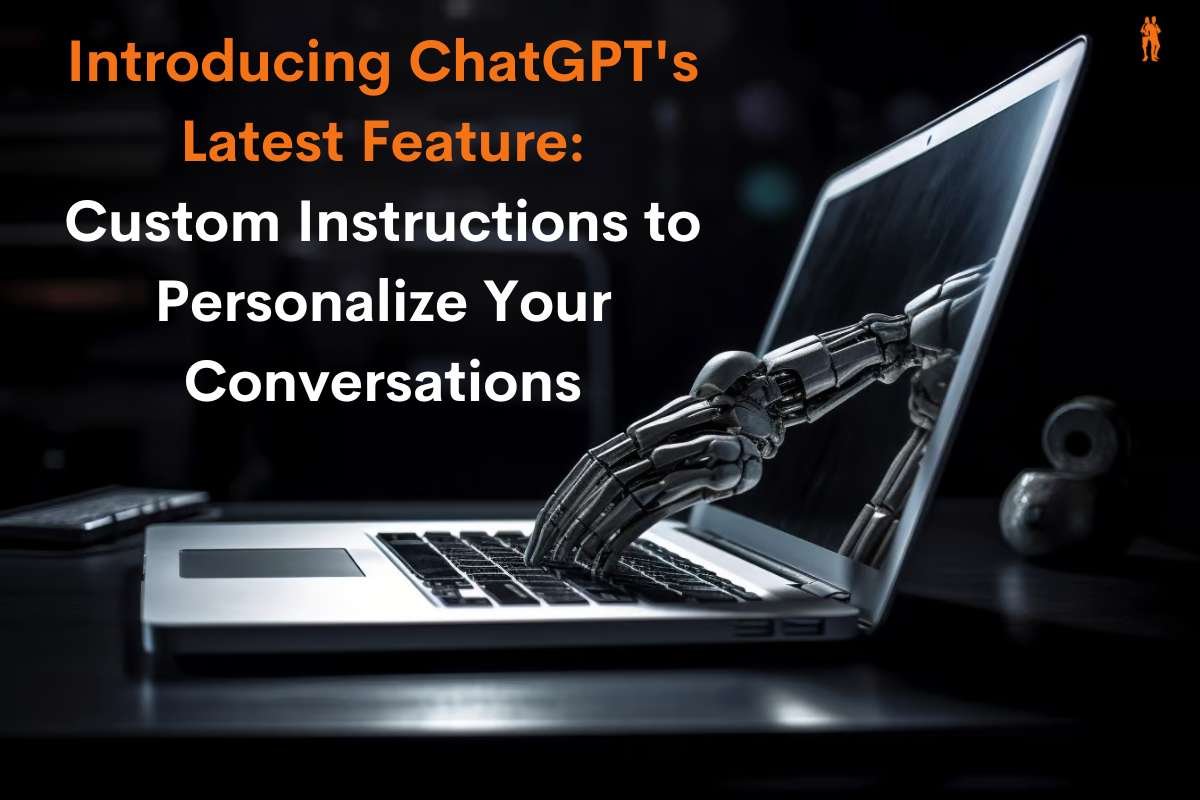In a bid to enhance user interactions and create a more personalized experience, OpenAI has unveiled the latest addition to ChatGPT—”custom instructions.” This feature empowers users to impart specific information about themselves, ensuring the AI-powered chatbot remains attuned to their preferences and needs. By incorporating this unique feature, OpenAI aims to streamline conversations and foster a more dynamic and interactive exchange between users and the virtual assistant.
Enhancing the Conversations
Designed as a permanent preamble to each user’s queries, custom instructions allow individuals to furnish ChatGPT with crucial details about themselves, making conversations more contextually relevant. Joanne Jang, a key figure in model behaviors and product development at OpenAI, explained that these instructions would remain in effect across all conversations, ensuring a seamless and tailored experience for the user.
For instance, if a user identifies as a teacher, they can include “I teach third grade” in their custom instructions. Consequently, whenever they ask ChatGPT for facts about the Moon, the chatbot will provide answers suitable for that age group. Similarly, someone who frequently cooks for a family of six can specify this information, prompting ChatGPT to recommend recipes with the appropriate portions.
ChatGPT4: All NEW Features Explained in 2 minutes
Good News for Mobile Users
The implementation of custom instructions is expected to be particularly beneficial for users accessing ChatGPT on mobile devices. Its availability on an opt-in basis for ChatGPT Plus subscribers worldwide, except the UK and EU (with plans to include these regions in the future), offers users an opportunity to enrich their conversations with personal preferences and requirements.
However, the introduction of custom instructions also poses challenges. The added complexity of queries could potentially lead to misinformation or erroneous responses from the chatbot. OpenAI acknowledges this and plans to optimize the feature’s functionality during the beta phase, allowing the model to learn how and when to apply these guidelines effectively.
Learning from User Inputs
During a demonstration, Jang tested the feature, instructing ChatGPT to recognize her as a coder working with the language Golang. Although the results were mixed initially, with the AI providing a chocolate chip cookie recipe in the style of Golang code, subsequent interactions demonstrated significant improvement. Jang expressed her approval, emphasizing the need for the model to learn from user inputs and become a more efficient virtual assistant.
OpenAI and the Future
OpenAI remains committed to ensuring user safety and privacy with the implementation of custom instructions. Measures are being taken to prevent instructions from overriding the system’s safety tools. Moreover, personal identifying information will be removed from both instructions and user queries to maintain confidentiality.
Looking ahead, OpenAI envisions custom instructions evolving into a more interactive and dynamic component of user interactions. The chatbot will learn about users while simultaneously allowing them to modify and access their preferences easily.











